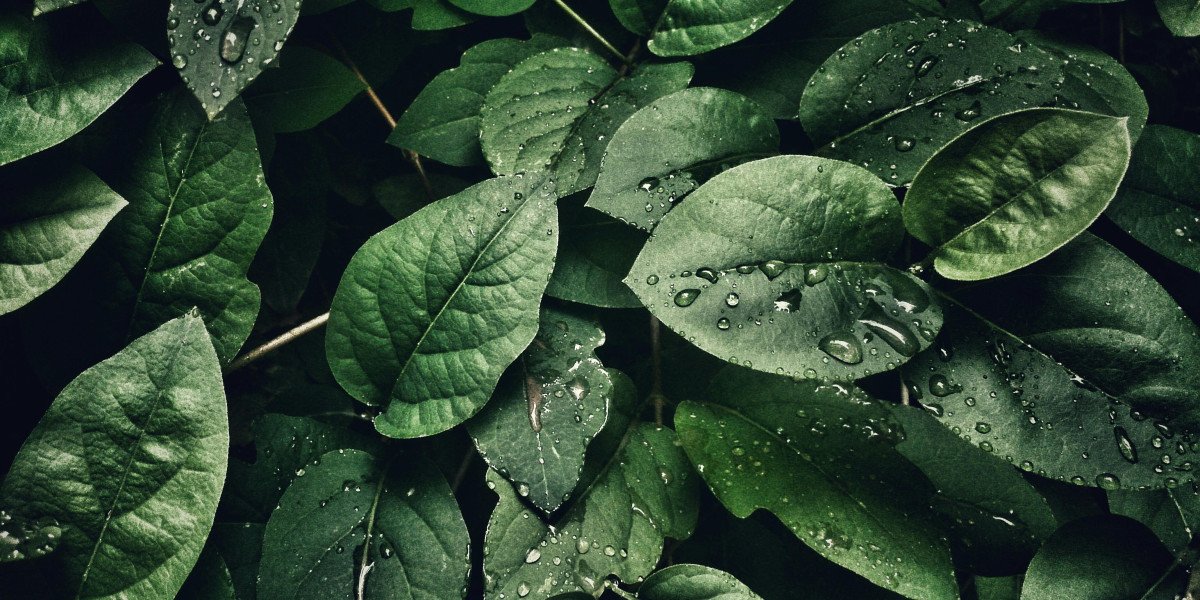Espresso is more than just a quick caffeine fix; it is an art form that requires a deep understanding of its essential segments. Whether you are a seasoned barista or a coffee enthusiast, grasping these components will elevate your espresso-making skills. In this article, we will explore the critical elements that contribute to a perfect shot of espresso.

Understanding the Essential Segments of Espresso
The essential segments of espresso can be broken down into several key components: the coffee beans, grind size, water temperature, extraction time, and pressure. Each of these factors plays a crucial role in determining the flavor and quality of the espresso.
- Coffee Beans: The foundation of any espresso is the coffee beans. Different beans yield different flavors, so selecting high-quality, freshly roasted beans is paramount.
- Grind Size: The grind size affects the extraction process. A fine grind is typically used for espresso, allowing for optimal flavor extraction.
- Water Temperature: The ideal water temperature for brewing espresso is between 190°F and 205°F. This range ensures that the coffee oils are properly extracted.
- Extraction Time: A standard espresso shot should take about 25 to 30 seconds to extract. This timing can significantly impact the taste.
- Pressure: Espresso machines typically operate at 9 bars of pressure. This pressure is essential for creating the rich crema that characterizes a well-made espresso.
The Role of Coffee Beans in Espresso
When discussing the essential segments of espresso, one cannot overlook the importance of coffee beans. The choice of beans—Arabica or Robusta—affects the flavor profile, acidity, and body of the espresso. Arabica beans are known for their sweetness and complexity, while Robusta beans provide a stronger, more bitter flavor. Do you prefer a smooth, nuanced cup or a bold, robust shot? Your choice of beans will dictate the outcome.
Grind Size and Its Impact on Flavor
The grind size is another critical segment in the espresso-making process. A finer grind increases the surface area of the coffee, allowing for better extraction. However, if the grind is too fine, it can lead to over-extraction, resulting in a bitter taste. Conversely, a coarser grind may lead to under-extraction, producing a sour flavor. Therefore, achieving the right grind size is essential for a balanced shot of espresso.
Water Temperature and Extraction Time
Water temperature and extraction time are interrelated factors that significantly influence the espresso's flavor. If the water is too hot, it can scorch the coffee, while water that is too cool may not extract enough flavor. Ideally, maintaining a consistent temperature within the recommended range is crucial. Additionally, the extraction time should be monitored closely. A well-timed shot will yield a rich and flavorful espresso, while deviations can lead to undesirable results.
Conclusion: Mastering the Essential Segments of Espresso
In conclusion, mastering the essential segments of espresso is vital for anyone looking to create the perfect shot. By paying attention to the coffee beans, grind size, water temperature, extraction time, and pressure, you can significantly enhance your espresso experience. So, the next time you brew a cup, consider these elements and enjoy the rich flavors that a well-crafted espresso has to offer.








